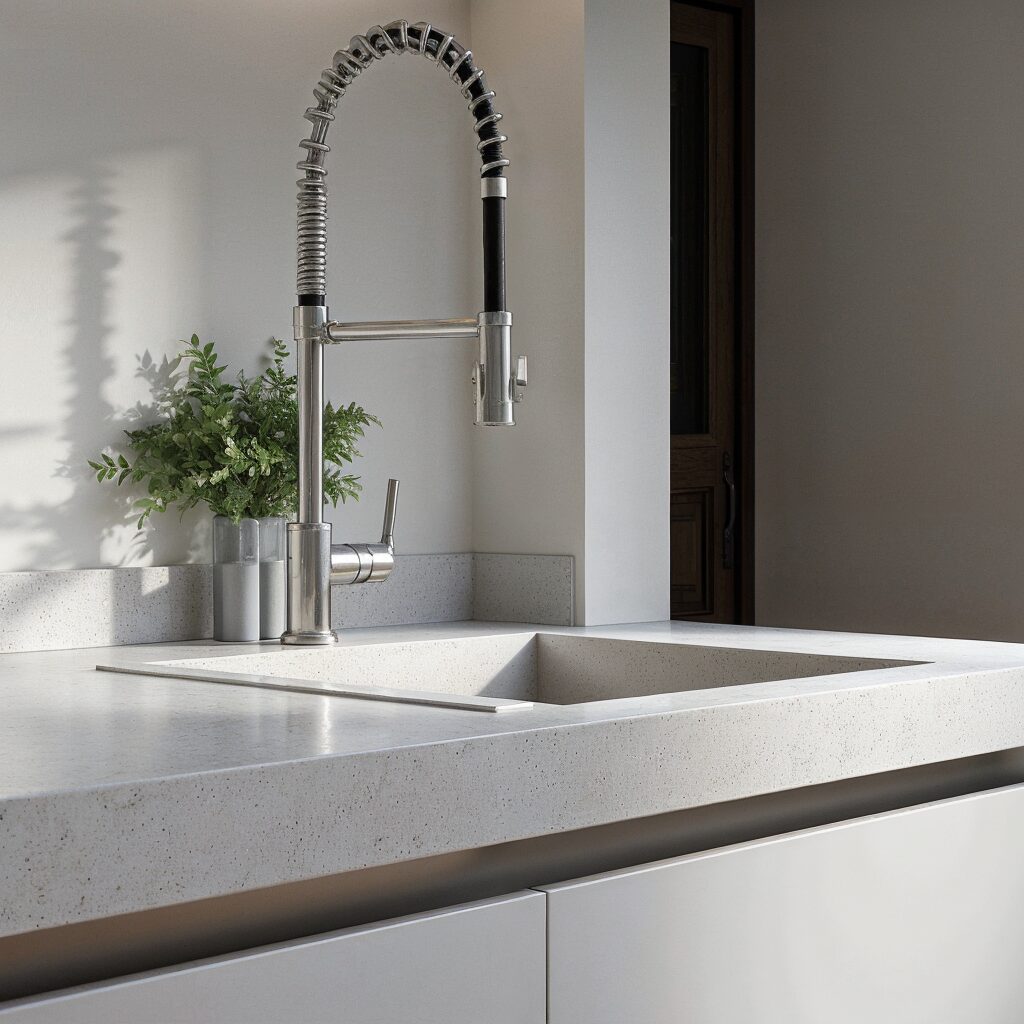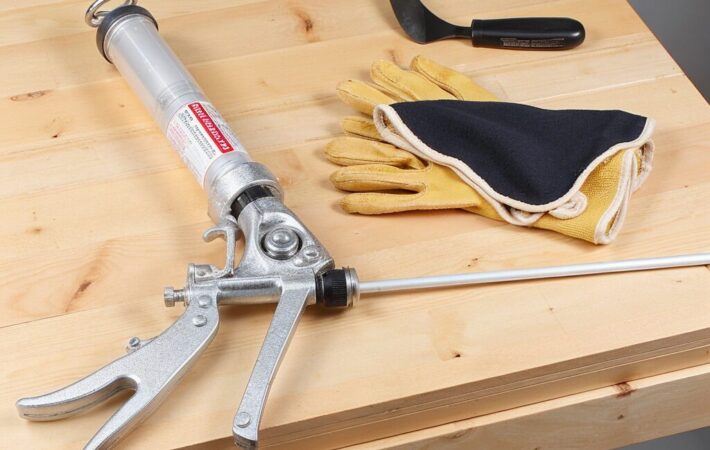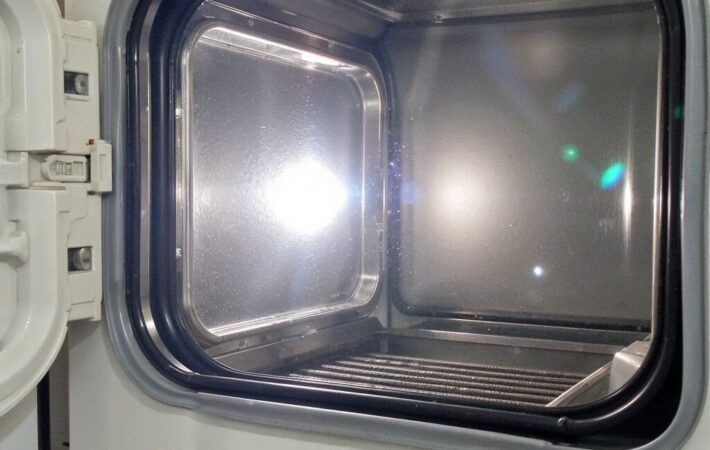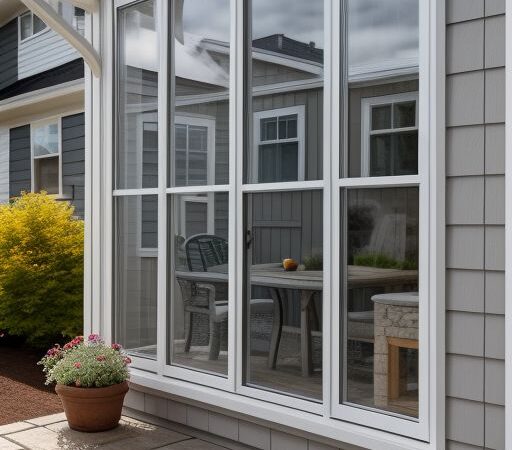Silicone sealants are indispensable for sealing, bonding, and protecting surfaces in a wide range of applications. Whether you’re working on a home improvement project or a large-scale commercial task, silicone sealants offer unmatched versatility, durability, and long-lasting performance.
In this guide, we’ll explore the top 10 benefits of silicone sealants, share expert application tips, and highlight why they remain a top choice for professionals and DIY enthusiasts alike.
Why Silicone Sealants Matter
Silicone sealants stand out due to their unique properties, such as superior adhesion, flexibility, and resistance to extreme conditions. These qualities make them ideal for waterproofing, weatherproofing, and enhancing structural integrity.
💡 Pro Tip: When choosing a silicone sealant, consider the specific needs of your project. For example, opt for UV-resistant silicone sealants for outdoor use or mold-resistant options for bathrooms.
1. Waterproofing Excellence
One of the most notable benefits of silicone sealants is their ability to create a watertight barrier. This makes them the go-to choice for areas exposed to moisture, such as kitchens, bathrooms, and outdoor spaces.
Applications:
- Sealing sinks, bathtubs, and shower enclosures.
- Preventing water leaks in roofs and gutters.
Recommended Product:
- Use OPTIMUS Waterproof Silicone Sealant for long-lasting moisture protection in high-humidity areas.
🔗 Related Blog: How to Maintain and Extend the Life of Silicone Sealants
2. Flexibility for Material Movement
Silicone sealants remain elastic after curing, accommodating natural expansion and contraction of materials. This flexibility prevents cracking or breaking, ensuring the longevity of the seal.
Best For:
- Window frames that expand in hot weather.
- Sealing joints in areas with temperature fluctuations.
- 💡 Expert Tip: Always apply a thin, consistent bead for optimal flexibility and bonding.
3. Extreme Temperature Resistance
Silicone sealants are designed to endure a wide temperature range, making them suitable for both freezing and high-heat environments.
Applications:
- Automotive repairs, such as sealing windshields and engine parts.
- Industrial equipment and ovens.
4. Mold and Mildew Resistance
In damp environments, such as bathrooms and kitchens, mold-resistant silicone sealants help maintain a hygienic and visually appealing finish.
Best For:
Shower enclosures, countertops, and backsplashes.
Product Highlight:
- OPTIMUS Waterproof Silicone Sealant offers superior mold resistance for high-humidity applications.
🔗 Related Blog: How to Choose the Best Silicone Sealant for Any Project
5. UV and Weather Resistance
Outdoor projects demand materials that can withstand harsh environmental conditions. Silicone sealants are formulated to resist UV rays, rain, and extreme weather.
Applications:
Weatherproofing windows, roofs, and siding.
🔗 External Resource: ToolStation’s Sealant Buying Guide
6. Long-Lasting Durability
With proper application and maintenance, silicone sealants can last 10–20 years. Their resistance to wear, cracking, and environmental factors ensures minimal upkeep.
💡 Maintenance Tip: Inspect silicone seals annually and reapply as needed to maximize their lifespan.
7. Strong Adhesion to Various Materials
Silicone sealants adhere to a wide range of materials, including glass, metal, wood, and plastic. This versatility makes them suitable for diverse applications.
- Examples:
- Sealing glass panels in a greenhouse.
- Repairing wooden furniture joints.
8. Easy to Apply
Silicone sealants are user-friendly, making them accessible for DIY projects and professional jobs alike. With the right tools, achieving a seamless finish is easy.
- Tools You’ll Need:
- High-quality caulking gun for even application.
- Smoothing tool or damp cloth for finishing.
9. Cost-Effective Solution
Though silicone sealants may have a higher initial cost, their durability and effectiveness save money in the long run by reducing the need for frequent repairs or replacements.
- Case Study: Sealing drafty windows with silicone sealant improves energy efficiency, lowering heating and cooling costs.
10. Safe for Sensitive Surfaces
Neutral-cure silicone sealants are ideal for materials that may corrode with acidic products, such as metal and marble.
- Best For: Construction projects and automotive applications involving sensitive materials.
Common Mistakes to Avoid
Even the best silicone sealants can fail if applied incorrectly. Avoid these common errors:
- Skipping Surface Preparation: Clean and dry surfaces thoroughly before application to ensure strong adhesion.
- Using the Wrong Product: Always match the sealant to your project’s needs (e.g., mold-resistant for bathrooms).
- Rushing the Curing Process: Allow adequate curing time, typically 24–48 hours, for a strong and lasting seal.
🔗 Related Blog: Top Mistakes to Avoid When Applying Silicone Sealant
FAQs About Silicone Sealants
Q: Can silicone sealants be painted?
A: No, silicone sealants are not paintable. Use acrylic or hybrid sealants for painted finishes.
Q: How do I remove old silicone sealant?
A: Use a silicone remover or utility knife to scrape off old residue. Clean the surface with rubbing alcohol before reapplying.
Q: How long do silicone sealants last?
A: High-quality silicone sealants can last 10–20 years with proper maintenance.
Conclusion
Silicone sealants are a versatile and reliable solution for a wide range of home and commercial projects. Their waterproofing capabilities, flexibility, and long-lasting performance make them an essential tool for professionals and DIY enthusiasts alike.
🚀 Ready to elevate your projects? Explore our Silicone Sealant Collection for premium products designed to deliver exceptional results.






Leave a comment
Your email address will not be published. Required fields are marked *